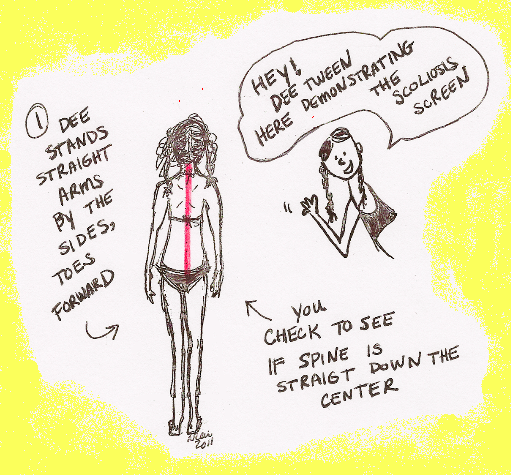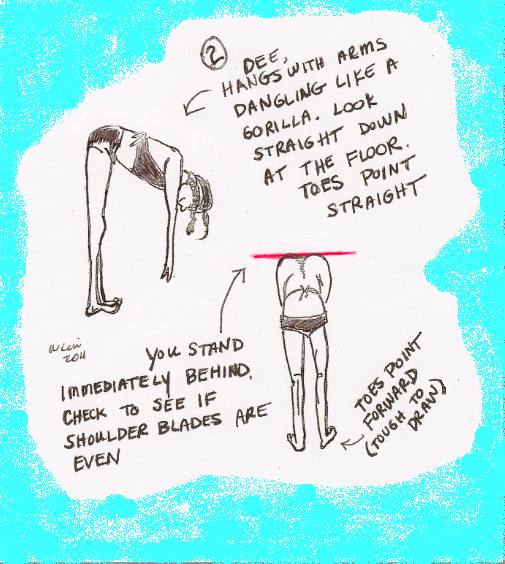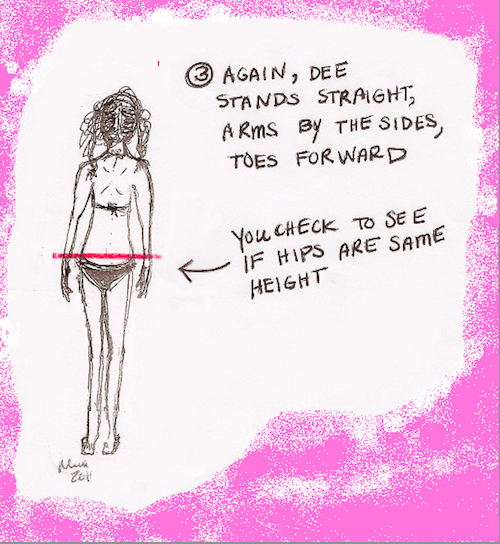What you need to know about Whooping Cough
 Pertussis is “whooping cough,” also known as the “100 day cough.” In children and adults, the disease starts out looking like a garden-variety cold, complete with runny nose, runny eyes, and mild cough. Sometimes fever is present, sometimes not. However, after a few days, coughing spasms emerge – severe, persistent coughing spasms that go on and on and on. In between coughing fits, children may appear okay.
Pertussis is “whooping cough,” also known as the “100 day cough.” In children and adults, the disease starts out looking like a garden-variety cold, complete with runny nose, runny eyes, and mild cough. Sometimes fever is present, sometimes not. However, after a few days, coughing spasms emerge – severe, persistent coughing spasms that go on and on and on. In between coughing fits, children may appear okay.
There is no treatment except to “ride it out” and the cough can last up to three months. Doctors prescribe antibiotics to a child with pertussis because antibiotics can decrease how much a person with whooping cough will spread it to others. Close contacts of kids with pertussis may also receive antibiotics to reduce their chance of getting pertussis.
Whooping cough gets its name from the “whoop” noise kids make after a coughing fit. The fits leave them so breathless that it’s difficult to take a breath in again after the coughing spell. To hear the “whoop” with coughing fit, visit www.whoopingcough.net.
Teens and adults with whooping cough don’t tend to make the whoop sound because their airways are bigger, but the coughing spasms can leave them feeling like they might throw up or pass out. Some in fact do end a coughing fit with vomiting or fainting.
Babies don’t make the whoop either. Instead, babies with pertussis simply cannot catch their breath and stop breathing. That is why babies are the ones who tend to die from this illness. Dr. Lai and I both have watched over hospitalized infants blue from pertussis.
Thankfully, we have a vaccine that is effective at preventing pertussis. The “P” in pertussis is the “P” in the DtaP vaccine that children receive as babies, usually at two, four, and six months of age. The DtaP vaccine is then next given after the first birthday, another between ages four and six years old, and another at age eleven years. Teens who have not received the pertussis vaccine since they were in preschool, and adults who care for infants also should also get the vaccine. For more specific up-to-date recommendations: www.vaccineinformation.org/pertuss/.
As we enter the season for catching snowflakes and coughs, we hope none of your children catch whooping cough.
Julie Kardos, MD with Naline Lai, MD
©2011 Two Peds in a Pod®
revised Nov 16, 2011 to reflect the indications for antibiotic prophylaxis

 If you live on the East Coast of the United States, you were bombarded today by a surprise pre-Halloween snowstorm. Now that we have our power back, we thought we’d share with you a few posts we were
If you live on the East Coast of the United States, you were bombarded today by a surprise pre-Halloween snowstorm. Now that we have our power back, we thought we’d share with you a few posts we were  We’re back from the national American Academy of Pediatrics conference in Boston and we’re galvanized to make a positive impact on youth. Just in time for Red Ribbon Week, the national campaign for halting substance abuse Oct 23-31 (
We’re back from the national American Academy of Pediatrics conference in Boston and we’re galvanized to make a positive impact on youth. Just in time for Red Ribbon Week, the national campaign for halting substance abuse Oct 23-31 (



 I remember during my middle school days in New Jersey lining up once a year at the school nurse’s office, feeling awkward and nervous. Not only was the nurse checking our height and weight as she did every year in grade school, but now she was going to check our backs for some mysterious entity called “scoliosis.” Where I live now in Pennsylvania, many school nurses also screen students for scoliosis, a curve in the spine.
I remember during my middle school days in New Jersey lining up once a year at the school nurse’s office, feeling awkward and nervous. Not only was the nurse checking our height and weight as she did every year in grade school, but now she was going to check our backs for some mysterious entity called “scoliosis.” Where I live now in Pennsylvania, many school nurses also screen students for scoliosis, a curve in the spine.  Depending on the degree of the curve, a child with idiopathic scoliosis might be re-examined every 4-6 months, might get an x-ray of her spine, or her health care provider might refer her to an orthopedic doctor, a specialist who cares for kids with scoliosis. Kids whose spinal curves are severe or are likely to get worse may need bracing until they stop growing. At that point the chances of the curve continuing to increase is low. Wearing a brace does not correct the curve; rather, it prevents any further curvature. Scoliosis braces are much more inconspicuous now than in the past, and can be hidden easily under clothing. Some children require surgery to correct a severe curve.
Depending on the degree of the curve, a child with idiopathic scoliosis might be re-examined every 4-6 months, might get an x-ray of her spine, or her health care provider might refer her to an orthopedic doctor, a specialist who cares for kids with scoliosis. Kids whose spinal curves are severe or are likely to get worse may need bracing until they stop growing. At that point the chances of the curve continuing to increase is low. Wearing a brace does not correct the curve; rather, it prevents any further curvature. Scoliosis braces are much more inconspicuous now than in the past, and can be hidden easily under clothing. Some children require surgery to correct a severe curve. 
 Wondering what crawled into your child’s room and bit her in the middle of the night? If you see two little pinpricks side by side, it’s probably a spider. Spider fangs make two little bite marks. Unfortunately, by the time you examine it in the morning, the bite may be so puffy and red that the two marks are no longer visible. With the exception of the Black widow spider and the Brown recluse spider, most spider bites are harmless and cause only a little bit of irritation. Over-the-counter hydrocortisone 1% ointment, ice, and an analgesic such as acetaminophen or ibuprofen can take the edge off of the itch and/or pain.
Wondering what crawled into your child’s room and bit her in the middle of the night? If you see two little pinpricks side by side, it’s probably a spider. Spider fangs make two little bite marks. Unfortunately, by the time you examine it in the morning, the bite may be so puffy and red that the two marks are no longer visible. With the exception of the Black widow spider and the Brown recluse spider, most spider bites are harmless and cause only a little bit of irritation. Over-the-counter hydrocortisone 1% ointment, ice, and an analgesic such as acetaminophen or ibuprofen can take the edge off of the itch and/or pain.